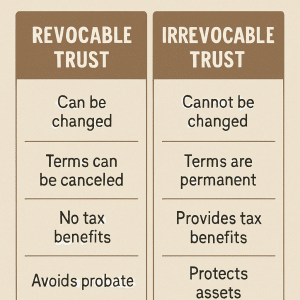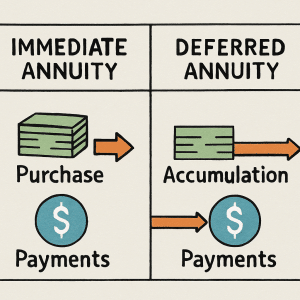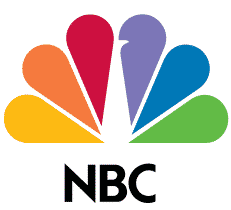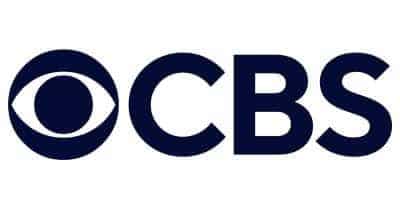If you are a C-Corporation business owner and would like to better utilize your retained earnings this guide is for you.
The type of investors and/ or business owners who will find this concept most meaningful are:
- Owners of a closely held, C-Corporation business
- Looking for additional, tax-efficient ways to save for retirement
- Consistently takes significant income from the business (usually in the highest tax bracket)
- Looking to efficiently use retained earnings due to the 21 percent max corporate tax rate
- Has a time horizon of 10-plus years
Maximum Fund Corporate Owned Cash Value Life Insurance
CONCEPT BRIEF
When corporate tax rates are lower than individual income tax rates (21 percent versus 35 percent), owners will seek to retain more capital inside their businesses.
When they do, they must then decide how to invest this capital.
They may have opportunities to acquire additional equipment or real estate. In many cases, however, owners will ultimately decide to keep a large part of their retained capital in liquid assets as a “working capital account.”
That working capital is usually held in the form of conservative, liquid assets,
primarily cash or cash equivalents. Cash, however, is a very low-yielding asset and,
other than providing liquidity in the event of short-term cash-flow interruptions, it’s
an asset that doesn’t offer ancillary benefits to the business.
The owner may seek a greater return on some of the retained capital by investing in
marketable securities. In addition to taking on market risk, this approach will often
generate additional taxes for the C-Corp.
Insuring a Non-Business Owner Key Employee
- The owner identifies a relatively young and healthy employee who is a key driver of business success
- The corporation is the owner and beneficiary of a cash value life insurance policy on the key employee and pays the maximum non-modified endowment contract (MEC) premiums to accelerate cash growth
- “Excess” death benefit, i.e., the amount over the policy’s cash value, can be endorsed to the insured to provide a tax-free death benefit outside of the corporation; employee incurs a small annual tax that increases with age
- If employment is terminated for any reason, any endorsement arrangement is discontinued, and the corporation retains the policy
- Corporation has full access to the policy cash always values, including via tax-free loans and tax-free withdrawals of basis
- If the policy is surrendered, the corporation recognizes any gain in the policy as taxable income Shareholder’s Nonqualified Deferred Compensation
- Owner/shareholder creates a nonqualified deferred compensation agreement between herself as an employee and the corporation as an employer, under which the owner will receive a stream of income at retirement
- The agreement includes a lump-sum benefit to be paid in the event of the shareholder’s death before retirement
- The corporation buys cash value life insurance policy on the shareholder and uses excess retained earnings to maximum fund the policy
- Before shareholder’s retirement, the policy’s cash values accumulate income-tax-free, policy death benefit hedges against the risk of shareholder’s premature death
- At retirement, the corporation accesses the policy’s cash value on a tax-free basis to pay promised retirement benefits to the shareholder; benefit payments are deductible to the corporation and taxable to the retiree
- The remaining policy death benefit may provide a degree of cost recovery for the corporation
C-Corp Business Owners Next Steps
- 1. Identify clients who are owners of businesses taxed as C-Corporations.
- Determine if you'd like to reposition a portion of your retained earnings.
- Defer current income to reduce your personal taxes.
- Discuss the pros and cons of maximum funding a corporate owned life insurance policy.













